Giant Dinosaur Skeleton Almost Fully Intact Is Astonishing Find
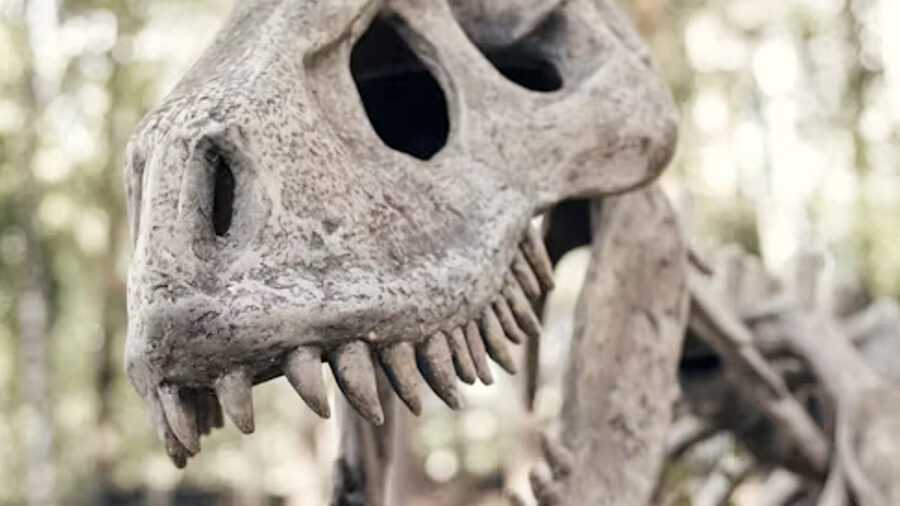
In France, an incredibly preserved dinosaur skeleton has been uncovered. Believed to be a Titanosaur, the skeleton is estimated to be around 70 million years old and is shockingly close to a complete skeleton for such an old specimen. The discovery is an exciting find for the paleontologist community worldwide offering insight into the world tens of millions of years ago.
Man And His Dog Stumble Upon Titanosaur Skeleton
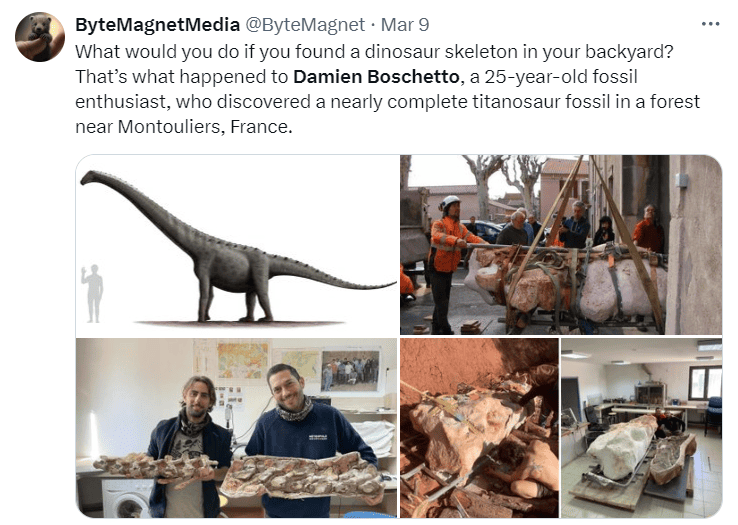
The dinosaur skeleton was discovered by amateur paleontologist Damien Boschetto in Montouliers, France who was investigating a recently collapsed cliff edge with his dog. The discovery came on February 13, but it took time for the remains to be fully uncovered and studied. While other remains have been found in the area, it’s the Titanosaur skeleton that has drawn the most attention due to being mostly intact.
Titanosaurs
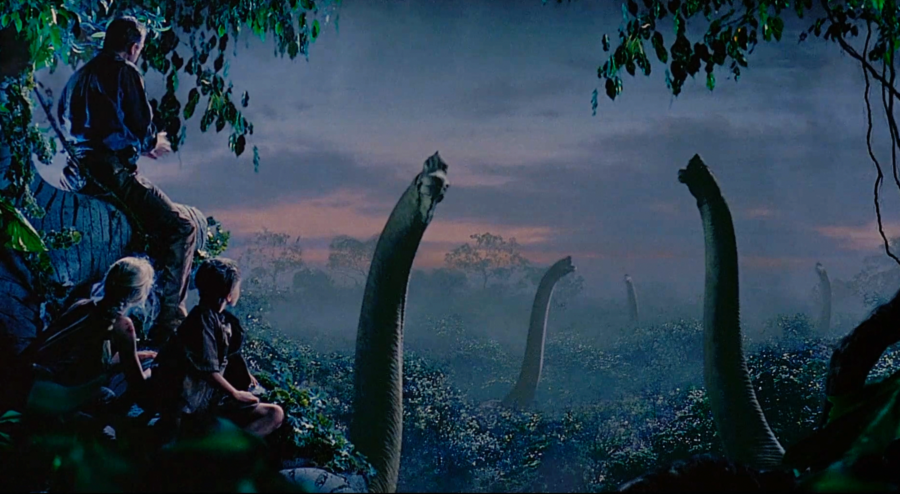
Titanosaurs were large, long-necked herbivores that lived during the Jurassic and Cretaceous periods. They were part of the larger family of similarly long-necked dinosaurs called sauropods, which were some of the largest dinosaurs to ever live. This skeleton will provide further insight into the anatomy of both Titanosaurs in particular and the sauropod family more generally.
The truly amazing thing about this particular dinosaur skeleton is how intact it is. It is estimated that 70 percent of the skeleton is intact, likely indicating that the corpse was somehow buried before it was decomposed. Most notably the nearly 33-foot-long fossil stretches from the tip of the tail all the way to the hind skull.
A Remarkable Find For So Many Reasons
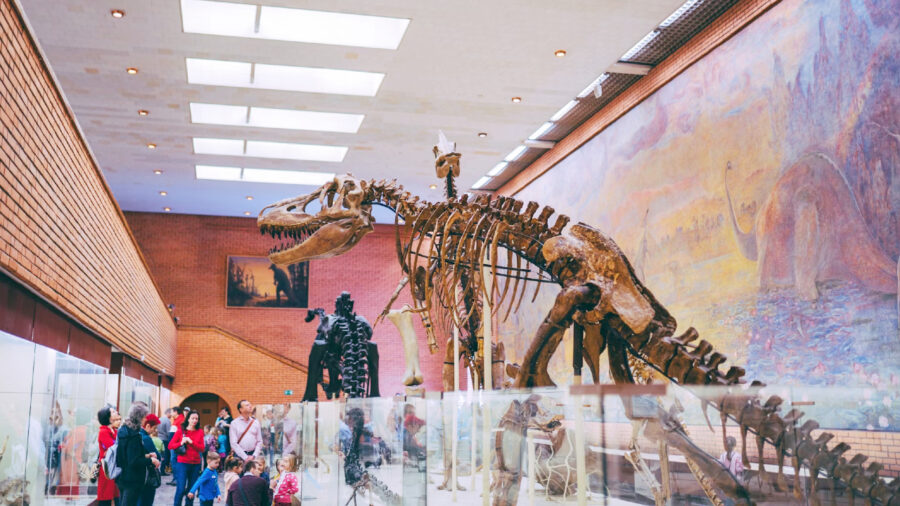
In addition to the scientific implications of such an intact dinosaur skeleton, it’s the kind of fossil that is great for educational and display purposes. The nearly complete skeleton will help researchers understand more about the physiology of the long-extinct Titanosaur, eliminating the need to speculate about how many of the dinosaur’s bones are connected.
It will also allow the world to see this evidence for themselves as a display piece, letting people outside the field of paleontology clearly see the nearly complete skeleton of the ancient creature.
Enough Finds To Fill A Museum
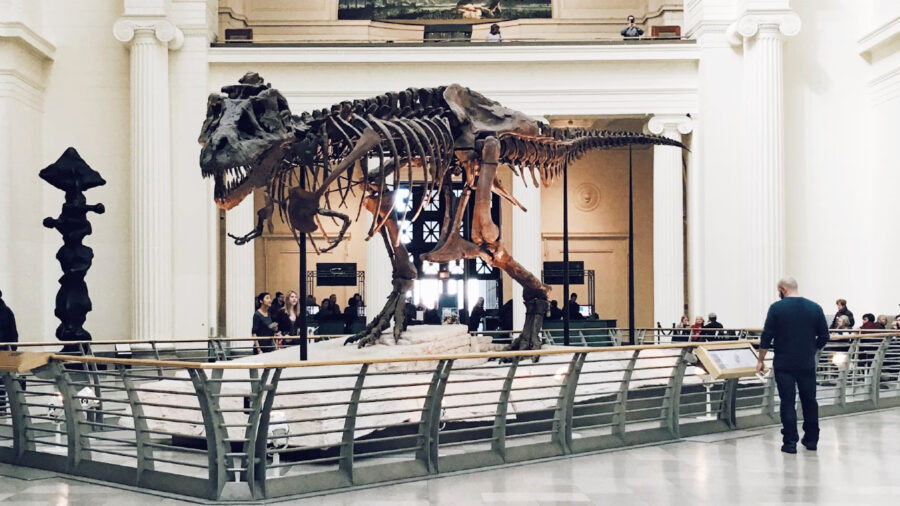
The Titanosaur skeleton is currently being housed at the Cruzy Museum where it is being kept in a lab. The skeleton is still being researched and tested by scientists in various fields. However, the discovery along with the other remains found in the bone bed are being used as cause to open a new museum that can display the findings in the area.
The bone bed where the Titanosaur skeleton was found did have many other interesting fossils belonging to both dinosaurs and other ancient creatures. Remains of another herbivore, a Rhabdodon were found at the site. Additionally, fragments of multiple carnivore fossils were found in the bone bed including pieces of Theropods and Crocodiles.
Scientists Hard At Work Identifying The Remains
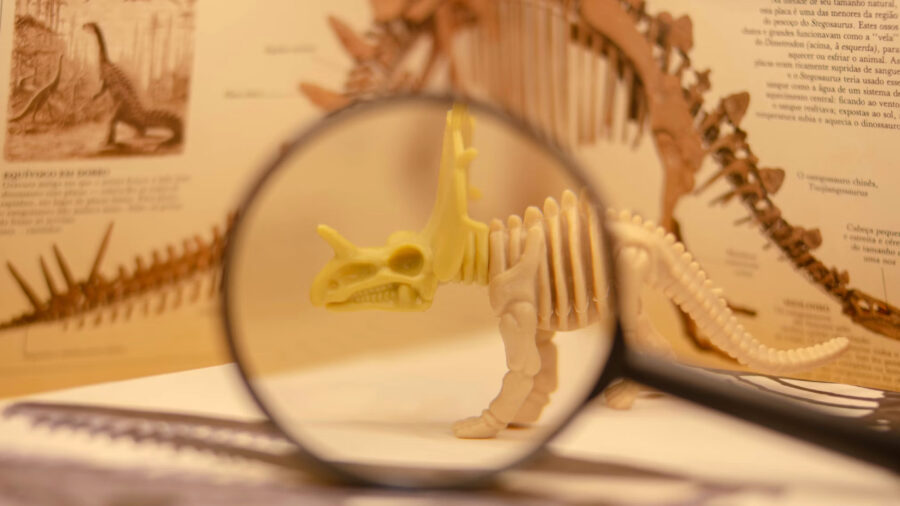
The Archaeological and Paleontological Cultural Association at the Cruzy Museum worked alongside the French National Center for Scientific Research on the excavation and identification of the remains. The bone bed, and the Titanosaur skeleton in particular are a huge discovery for the group as well as for Boschetto who is a member of the association. It’s exciting to see what the dinosaur skeleton will look like once its been fully studied and is ready for display.
Source: FranceBleu












